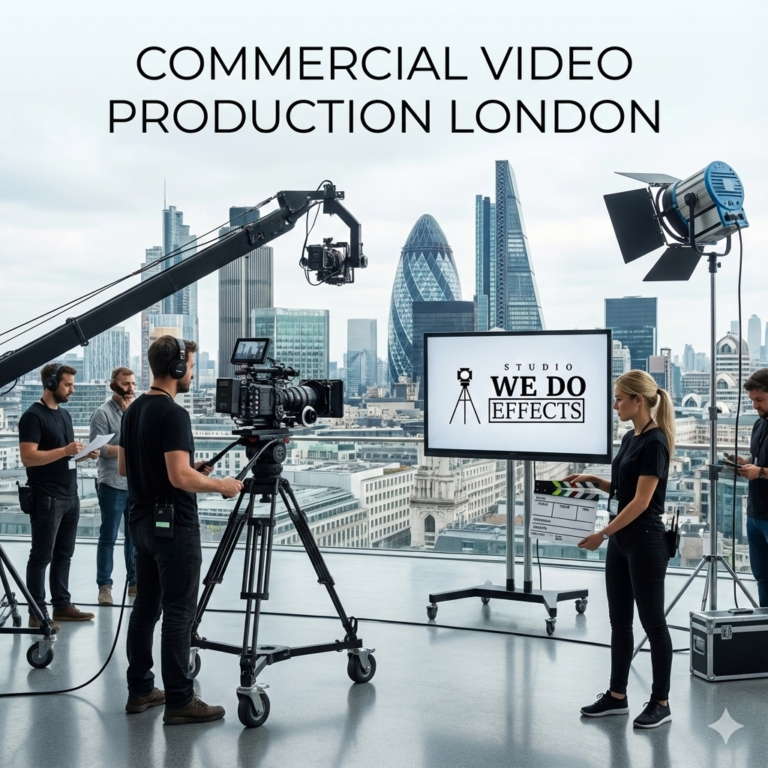The rapidly changing marketing arena has opened up so many options for the businesses to reach their target audience. This space is ruled by two major approaches: traditional marketing and social media marketing. Knowing the differences between the two will help create effective campaigns to woo the consumers.
Traditional Marketing Explained
Traditional marketing is an umbrella term for the conventional channels, such as television, radio, newspapers, magazines, billboards, and direct mail. For decades, these methods have served as the bedrock of advertising with a mass communication agenda broad- based in nature. Traditional marketing is often characterized by one- way communication: with the business conveying its message, while consumers give no valuable feedback as to the acceptance or rejection of the said message.
Understanding social media marketing
Social media marketing builds up its audiences through Facebook, Instagram, Twitter, LinkedIn, and Tik Tok. This is much more of a two-way communication system whereby businesses interact with consumers and provide feedback and build a community. Content is tailored to specific demographics, interests, and behaviors, allowing for more personalization, target, and relevance in campaign messaging.

Traditional Marketing vs. Social Media Marketing
- Targeting and Reach of Audiences
- Traditional Marketing– Broad reach is aimed for a wide audience with the segmentation mostly based on general demographics such as age, sex, location, and income. For example, a national TV commercial during prime time seeks to capture as diverse a viewership as possible.
- Social media marketing- Being a whole new ball game, social media marketing also has its own set of advantages: primarily advanced targeting, wherein businesses can define their own audiences on the basis of interest, behavior, and online activity. In this way, the marketing messages reach only those who are likely to be interested in the product or service.
- Engagement and Interaction
- Traditional Marketing: As a one-way communication, traditional marketing sets the consumers to receive a piece of information without any immediate response or interaction. Therefore, feedback, if available, would come only after a considerable time lag, and back in an indirect manner.
- Social Media Marketing: The ability to communicate instantly and allow the brand to connect with customers through comments, likes, shares, and direct messages-creates that immediacy, resulting in communal feelings-bringing in prompt responses from the brands to customer questions or complaints.
- Measurability and Analytics
- Traditional Marketing: Measurement in this case emerges as a problem due to the lag time in feedback associated with the implementation of the marketing strategy. Approval of metrics established upon estimates, such as television ratings or circulation numbers, may commonly cancel a more partial view of what these metrics should measure.
- Social Media Marketing: Good analytics, with delving into various aspects such as engagement, click-through, and conversions, are provided for measuring marketing effectiveness. This kind of data-driven approach introduces an opportunity for optimization in real-time.

- Cost and Flexibility
- Traditional Marketing: Normally priced beyond range, particularly prime-time commercials or full-page ads in magazines or huge billboards. It is also, on the whole, a costly and logistically difficult process to try to change the ads once they have already been placed.
- Social Media Marketing: More affordable in general, accommodating all budget sizes. Real-time adjustments based on performance marketing provide greater flexibility for dynamic responses to trends.
- Content Longevity and Virality
- Traditional Marketing: Ads have a set life span, like a 30-second TV commercial or a monthly magazine ad. Its visibility significantly wanes following the period unless the advertiser pays some more.
- Social Media Marketing: The life of content can be preserved through shares, likes, and comments. Good or heavily addressed content can go viral, which gives it exponential reach without extra costs.
Integrating Both Approaches
Though different, traditional and social media marketing can also work together. An integrated approach will capitalize on the strengths of both. For instance, TV ads send viewers to a brand’s social media for longer interaction while social media hype enhances the effectiveness of traditional marketing.
Conclusion
Grasping the differences between traditional advertising and its online counterpart is fundamental in helping businesses traverse the modern marketing landscape. The knowledge of the pros and cons of each will allow them to put together a coherent marketing strategy that will reach maximally, engage meaningfully, and yield valuable returns on investment.

